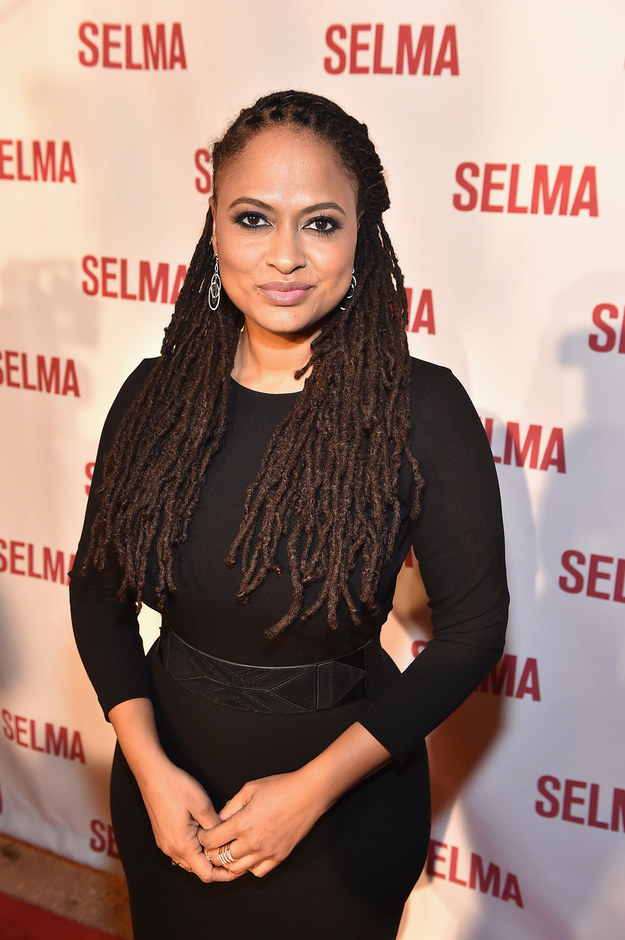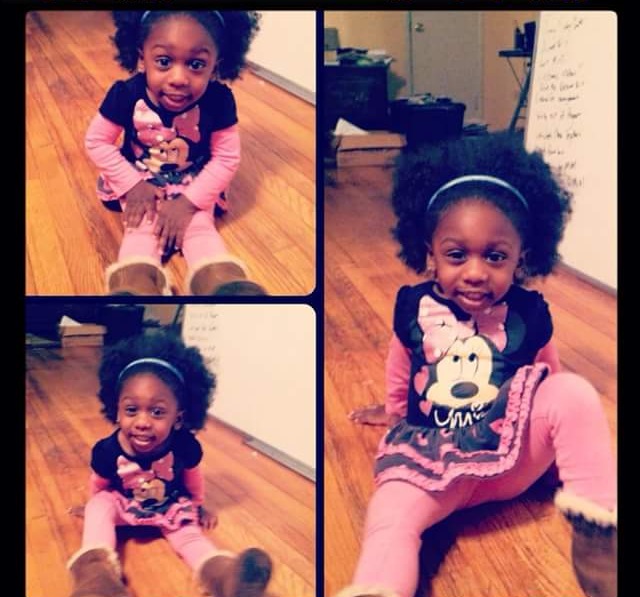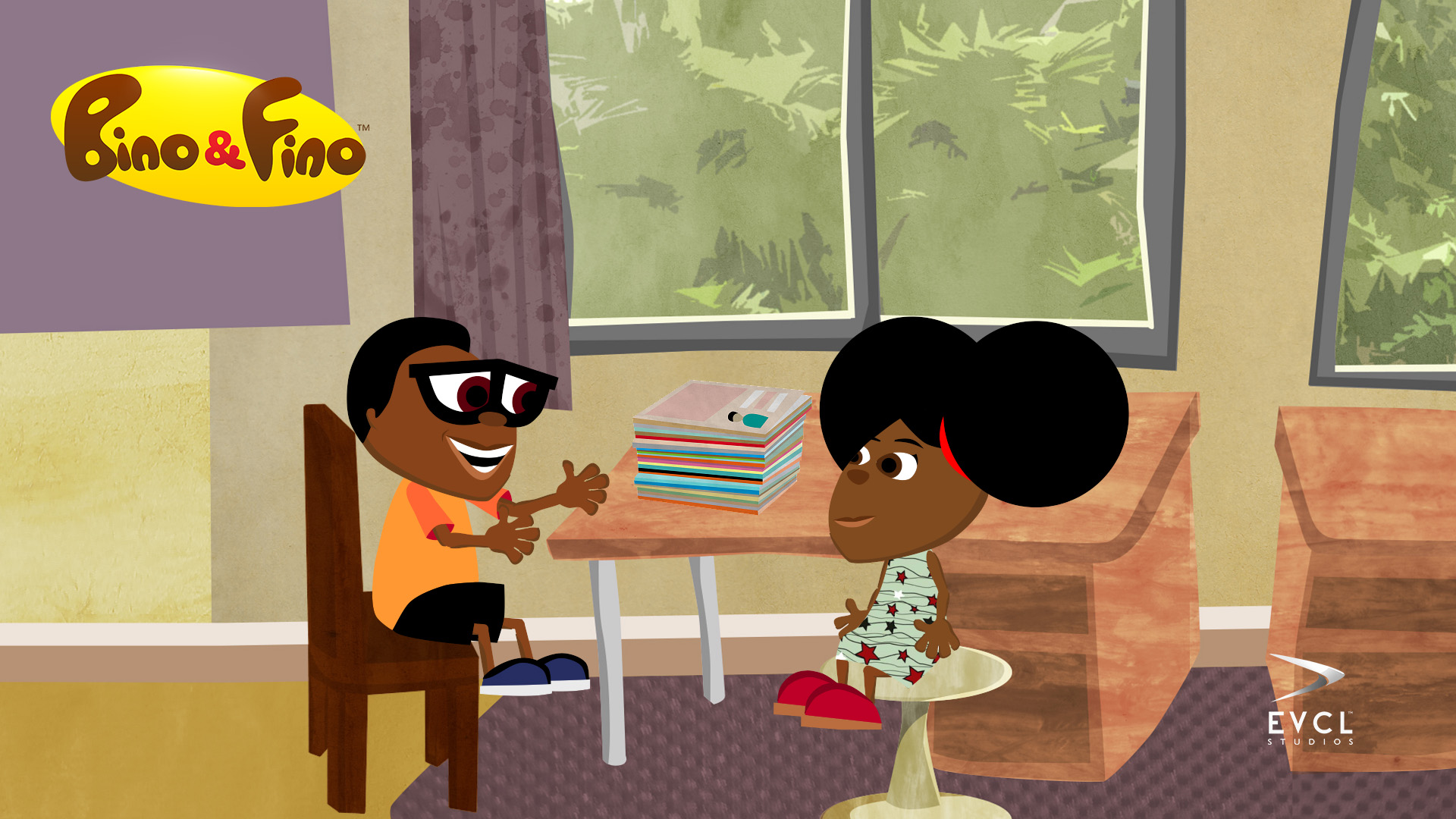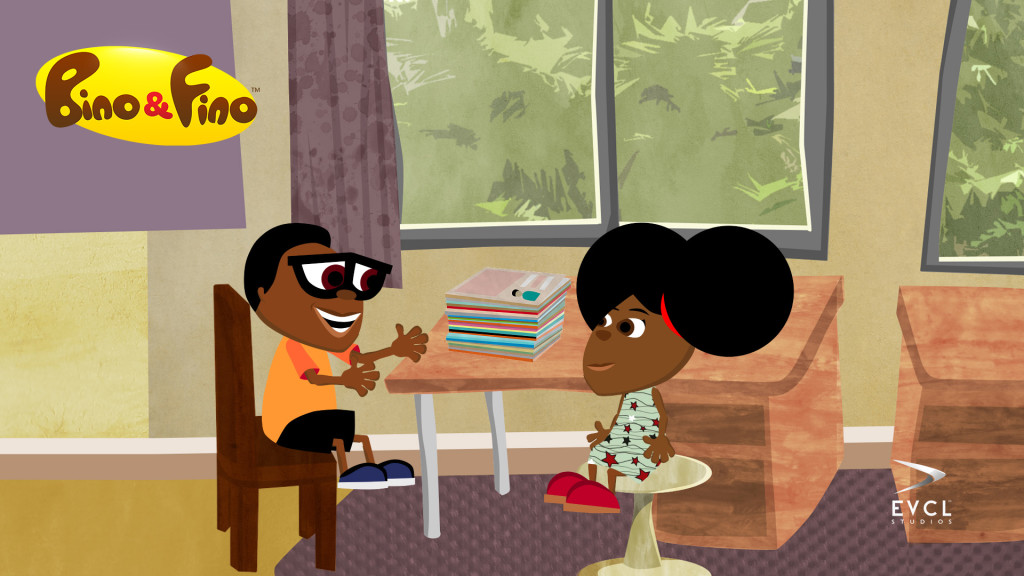I am a huge supporter of Ava DuVernay and have been for a long time. I’m inspired by her courage, truth and passion. I have followed her transition as a Public Relations Executive to being a noted writer and filmmaker. To mirror a fraction of her success as a creative Black woman who has materialized her dreams would be honorable for me. So naturally when Mattel announced that they would be selling an Ava Barbie, I was excited and ready to buy, but not even 15 minutes later I was dismayed when I discovered the Ava Barbies had sold out in minutes. I went on twitter and found that I could buy my Ava Barbie on Amazon only to be disappointed again because the Ava Barbie was sold out on Amazon as well. I desperately went as far as wanting to shamelessly tweet Oprah and ask her for help on getting the doll since her and Ava are friends and in my mind Oprah already had a box of them somewhere— but my professionalism hindered my desire. On a serious note, this is where the story begins. The Ava Barbie selling out in record time is a greater story within itself. It’s one that needs to be heard. Nigerian animator, Adamu Waziri has been at the epicenter of this growing story but I’ll explain later. First I must introduce my niece who is a big piece of the story.
On a serious note, this is where the story begins. The Ava Barbie selling out in record time is a greater story within itself. It’s one that needs to be heard. Nigerian animator, Adamu Waziri has been at the epicenter of this growing story but I’ll explain later. First I must introduce my niece who is a big piece of the story.
My little niece, London Liseli Blake is a pint-sized chocolate-coated pre-schooler whose brain capacity is advanced beyond her four years of existence. Despite being soft-spoken and occasionally speaking in constant careless whispers, she knows exactly what she wants and is assertive about her needful things. For the latter years of her short life she has consumed herself in what she’ll describe as the finer things in childhood entertainment. Shows such as Dora the Explorer, Kung Fu Panda, The Lion king, The Little Mermaid and Madagascar are on her lists of favorites in terms of cartoons.
 She loved the African-Acapella inspired music in the Lion King just like I did because it is similar to the music we listen to, culturally. (we’re Zambian) Familiarity often breeds acceptance. London also loved Sebastian from the Little Mermaid because of his vocal ability and Jamaican accent. Interestingly enough there was something that I discovered in conversations with a four year old that enlightened me. The African/Black characters that London was attracted to in animation were rarely actual human beings. Sure, Disney had the Black princess and Dora & Doc McStuffins qualified as minority cartoons but that’s the thing- they are just that— in the acute minority! In addition, London didn’t really have a cartoon series that she could accurately identify with To complicate matters my sister, (Liywalli…Lilly for short ) said she constantly struggled to find dolls that mirrored London. “The idea that I have to search high and low for a doll that resembles my daughter so that she can feel like she matters as much as the girls who have multiple shelves of dolls who resemble them is a difficult task for me and mothers who are not Caucasian,” This has been a personal struggle for my sister as she is adamant about making sure that nothing ever interferes with her daughter’s self esteem. The lack of representation and diversity in children’s toys and programming is no laughing matter nor is it a figment of the imagination.
She loved the African-Acapella inspired music in the Lion King just like I did because it is similar to the music we listen to, culturally. (we’re Zambian) Familiarity often breeds acceptance. London also loved Sebastian from the Little Mermaid because of his vocal ability and Jamaican accent. Interestingly enough there was something that I discovered in conversations with a four year old that enlightened me. The African/Black characters that London was attracted to in animation were rarely actual human beings. Sure, Disney had the Black princess and Dora & Doc McStuffins qualified as minority cartoons but that’s the thing- they are just that— in the acute minority! In addition, London didn’t really have a cartoon series that she could accurately identify with To complicate matters my sister, (Liywalli…Lilly for short ) said she constantly struggled to find dolls that mirrored London. “The idea that I have to search high and low for a doll that resembles my daughter so that she can feel like she matters as much as the girls who have multiple shelves of dolls who resemble them is a difficult task for me and mothers who are not Caucasian,” This has been a personal struggle for my sister as she is adamant about making sure that nothing ever interferes with her daughter’s self esteem. The lack of representation and diversity in children’s toys and programming is no laughing matter nor is it a figment of the imagination.
London’s rationalization of not seeing many dolls who look like her is simple. She says, “It makes me sad but it’s because they don’t have a lot of brown crayons to make the dolls.” Normally, I would take it into consideration that she was a child and simply agree but I didn’t. I told her that wasn’t the reason. What is the reason? I wondered what type of excuses distributors and creators of dolls and children’s content dished out to validate their lack of consideration for children of color. I could see some middle aged executives in the board room saying “We can’t make Black, Hispanic or Asian dolls because they won’t sell. Those people don’t have buying power. It would be too risky. Our revenue will decrease, our gross profit will plummet!!” (Remember this is all happening in my head) I seriously contemplated the effects of children consuming media that ignored their existence and the relationship between this and their value. Hhmm, very detrimental. My friend, Clinical psychologist Dr. Dwayne Buckingham said “its completely damaging to a child’s sense of worth and this kind of conditioning of being invisible carries on into adulthood and tampers with how children of color measure their sense of worth in society.” On one particular shopping escapade, I accompanied my sister as she searched for a doll for London and it was a more exhausting than I could have even imagined. To be honest, I had no idea how significant the lack of diversity in animation and dolls was. Last year while browsing twitter I stumbled upon an illustration of Bino and Fino
http://https://www.youtube.com/watch?v=AxFQ5bPkHkw
a Nigerian based educational cartoon that interrelated Africa in all aspects of their program. The rising popular cartoon series about twins, Bino and Fino who live in a Sub-Saharan city in Africa with their family and close friend Zeena the magical butterfly was an immediate hit for London! In each episode Bino and Fino along with Zeena explore different topics while discovering many aspects of life and the world. History, food, languages, electricity and other topics are all examined in the entertaining African-inspired series. For London and her friends at Kidz Biz Academy in St. Louis MO, Bino and Fino’s appearance was enough to get them hooked. “I like Fino because she looks like me,” says London. “Her skin is brown like mine and her hair (afro puffs) is like mine too,” I discovered that London and her friend’ excitement was simply about feeling included. Waziri purposely created The Bino and Fino show with a Pan-African approach because he said most of the cartoons that children were watching in Nigeria were imported and the characters didn’t resemble the children or their culture. There was a dangerous lack of balance. He spoke with Arise news about this imbalance. Instead of waiting for Disney or someone to create a cartoon series Waziri created one himself. This march after being disappointed on another Wal-Mart shopping trip, London told me to ask Adamu to “just make a Fino doll” and he has done exactly this. He even created an educational resource blog that gives parents information about all things African inspired including schools, programs, toys and books that may be hard to find. Now that the Ava doll sold out in minutes, I hope that distributors and retailers understand that there is a need out here for young children who just want to be included. For parents like my sister who struggle to find content that mirror the type of education and representation they want for their children, you now have the Bino and Fino series and hopefully more cartoons and toys to come from other creatives who aren’t going to wait for manufacturers to change their thinking. – Abesi Manyando

